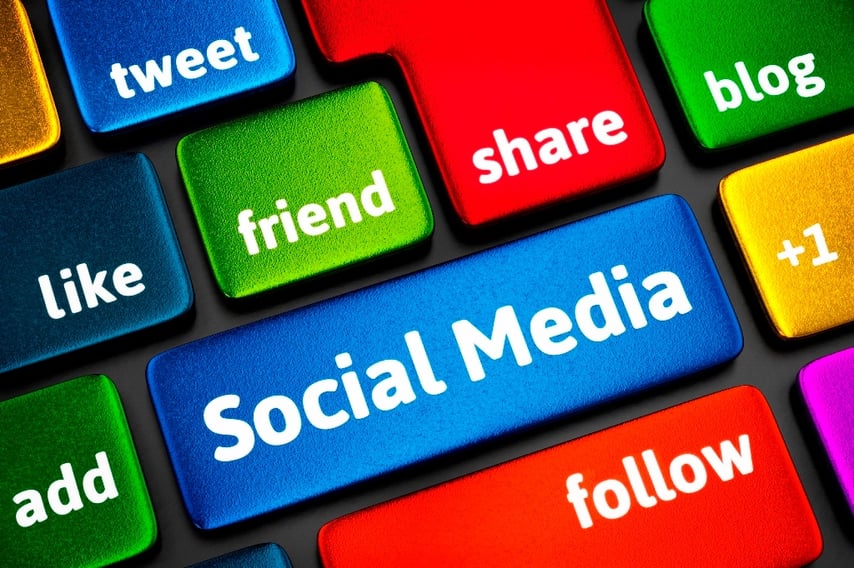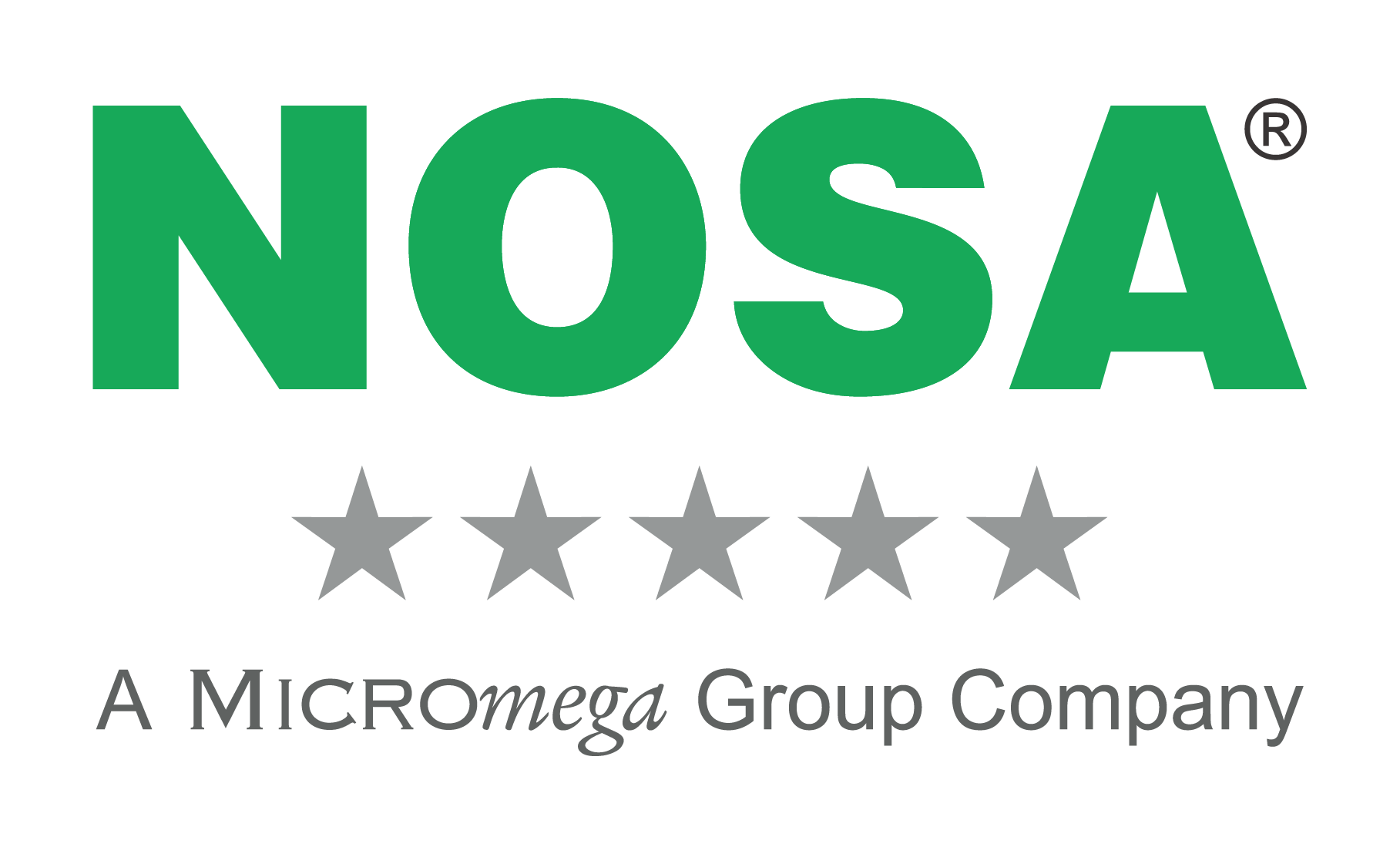
The last few of our blogs have made it clear that there is a positive case for utilising social media in your efforts to promote and maintain a safe working environment. We always like to offer a balanced approach to every argument, which is why today we take a look at the 11 potential risks associated with using social media in the workplace.
You create a social presence but no one is participating
Social media should start with a strategy and part of the strategy should include your:
- audience
- content and
- appropriate channel(s).
It takes time to grow a community. You may think you're talking to yourself but really you can be honing your message to your customer while you also spend time listening to what is important to them and include it in your community content. The time you take working at establishing your social media standing can also be used as an ongoing case study to discuss what you've learned with your customers.
You’re trying to focus on a specific subject, but the topic gets hijacked
Before you lose your cool, ask yourself why this has happened. For example, you’ve created a group online to hold digital Toolbox Talks, and have presented a subject you feel is important. Is there perhaps something else more important you could or should be covering? One of the first rules of social media is that it's not about you. Perhaps you can suggest covering the new topic in the next discussion, to give you and everyone else a chance to research it further and get more input on it. The point of social media is that you don't have direct control of the message but the more involved you are in social media and are aware of your business and customers, the more your ability to influence the message increases.
You alienate your core followers
As your social media community grows and expands its reach, there is the possibility of alienating your core followers. You need to first consider your core before diluting your approach to please the masses you're not currently connected to. Sometimes it's unavoidable, but if you include the core in your growth and choices for growth, it's often easier for it to deal with change. Also, remember there are some people who just don't want to change. If they are your target audience, what about creating a core group just for them? Consider the impact on you resources and the benefits of keeping them happy while still addressing a larger potential community.
The social media strategy doesn’t include the whole organisation
If you’re part of a small organisation, you’ll worry about having sufficient resources to establish a social media strategy and the ability to execute. In a larger organisation, you may struggle to control or influence the approach, the theme, the content, the budget and other resources. Not everyone needs to be directly involved but everyone should be aware of the social media benefits as part of the marketing and sales strategies of the organisation.
You only use your social media platforms for marketing purposes
Although many organisations believe social media should be managed from the marketing department (to enable the acquisition and retention of customers), other companies use social media as a critical enabler to their customer service efforts, research and development initiatives, and strategy planning. Social media enables conversation through online communities. The conversations you start or participate in can lead to many possibilities.
One individual yields too much power
There is a risk if the social media ‘face’ of the company is a particular individual – what if they leave the organisation, or accept a different role within the company? Their social media currency could leave with them. Consider the impact of an individual and consider spreading the currency around to include others. Not only will it help to balance the power, but it can also help balance the responsibility to create great content and manage the social media strategy.
You’re unable to localise your message to a particular audience
What happens if your social media presence expands to another country or a customer base outside your typical one? Monitoring your social media strategy and reviewing the needs of a particular audience can help you plan for the needs of your existing and future audiences. As you look to expand into a new audience, evaluate your tactics to localise your message to the audience. This could include translation services or evaluating the needs of a new layer of employees.
Someone wants to have a conversation with you – but they are ignored
With more and more communication channels available to us, it's difficult to keep up with it all. But a simple business principle plays here – ignore your customer and eventually they will go away. Take the time to develop a solid social media monitoring plan that not only listens to what people are saying about you or your organisation, but also hears the smallest request and makes sure it gets the attention any good customer deserves.
Anything you do can leak out
Think about this for a minute: You are working hard to build your social profile. You are optimising your profiles on various platforms, giving out great content and developing an online influence. One night, you go to a friend’s party and end up getting drunk and making a fool of yourself. The next thing you know, someone has taken pictures of you and posted them all over their platforms. That professional image? Gone. Remember that there is no such thing as real privacy anymore. If you are working on creating a good online image, carry that image with you offline because what you do offline affects your online world, and vice versa.
You run the risk of cyber attacks
Remember to be on the lookout for any of the following, and educate your employees to do the same.
- Social networking worms
- Phishing bait
- Trojans
- Data links
- Shortened URLs
- Botnets
- Advanced persistent threats (APTs)
- Cross-site request forgery (CSRF)
- Impersonation
- Being too trusting
You over-post
Are you tweeting every five minutes of the day? Are you posting Facebook updates every hour? You are going to lose friends and followers very easily if you do. If all you are doing is clogging up your friends’ feeds then you will immediately develop a reputation as a spammer, regardless of what you are posting. Post between five and seven times throughout the day – and not all at once. You can post more frequently on Twitter but not by much. Keep it natural and never clog up feeds.
Sources:
http://www.bcs.org/content/conWebDoc/45818
http://www.lexology.com/library/detail.aspx?g=8d1043e4-6d20-4a0d-a5a9-a3dec087f5bc
http://www.religioncommunicators.org/top-10-risks-of-social-media
https://blog.dashburst.com/social-media-risks/
http://www.insidecounsel.com/2014/04/24/the-reality-of-managing-social-media-risk-in-busin





